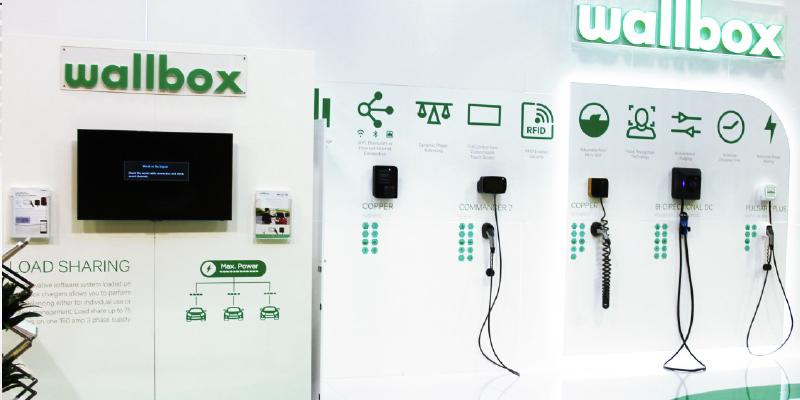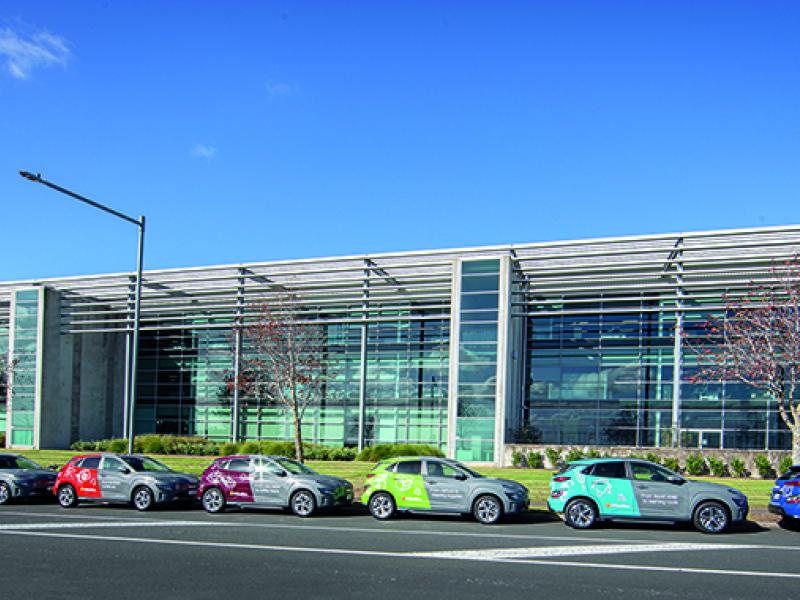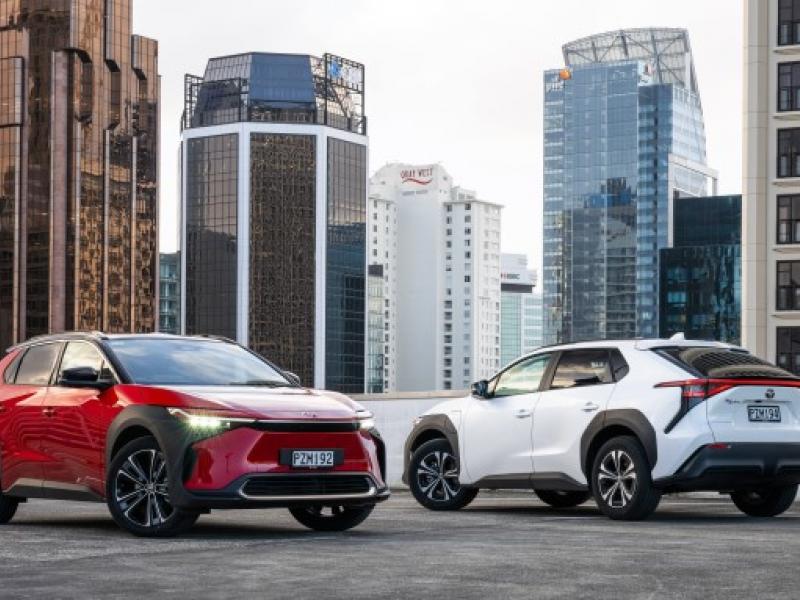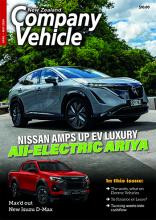You’re a smart fleet manager, you have reached where you are by careful and thoughtful, well considered research and now, you’ve come up against the boss’ new-found enthusiasm for adding electric vehicles to your company fleet.
Having spoken with your financial controller, you have worked out that there may be a problem given the number of vehicles that may need to charge at the office. You’re not sure exactly, what the problem(s) may be, but there’s a gut feeling that you need a little more information and your instincts are usually right.
What you have – if you’ll pardon the really bad electricity pun – is a two-phase problem finding the appropriate charging infrastructure for nine-to-five which won’t require an expensive upgrade to the existing system, and how to handle reimbursement for domestic charging of company EVs at your employee’s homes.
Looking at these issues in isolation – for the moment – there are issues with the nine-to-five charging infrastructure which specialist infrastructure suppliers like TransNet can easily resolve.
TransNet supplies infrastructure product to a diverse range of sub-fields within the Australasian electricity industry and consequently can justifiably call itself one of the largest trans-Tasman suppliers with three stocking and distribution centres right here in New Zealand.
With ISO accreditation and the recent achievement of being awarded Carbon Neutral status, TransNet is clearly a forward-thinking company with a wealth of knowledge, resource and expertise.
TransNet’s e-Mobility Division Manager Glenn Inkster can best explain the solutions for our fleet manager’s two-phase dilemma.
“Looking at the nine-to-five solutions first,” says Glenn, “TransNet offers pedestals for installation at the company office with one or two chargers in each one.
“These can be company branded or come as standard with the familiar Wallbox brand. Depending on your needs or futureproofing for increased numbers of EVs, chargers can be set up as a network with up to 15 chargers on one master charger or alternatively, you can have 15 master chargers making up your network, which offers greater flexibility.
“The software inherent in the chargers ensures there is no overloading of the existing supply by adjusting the charging current of all the chargers that are in use in real time. A fleet manager can use Cloud-based software to control, monitor, manage and allocate use of chargers, while drivers can access the chargers they have access to by Bluetooth, WiFi, or RFID (depending on what model EVs are selected and what communication protocols the company choose).
“Basically, we assess the site and determine what capacity is available on the existing supply. We can then design a charger network around that availability and work with the customer to determine what they want to achieve,” he summarises.
The harder part of the equation – which TransNet also has a solution for – is
at-home charging and making this a painless point for fleet owners.
“Here is our real point of difference,” says Glenn. “Charging at home appears to be a complicated thing for fleet owners to get their heads around. The physical installation – a simple thing comparatively speaking – even seems to be challenging.
“Charger installation at home ultimately adds to the value of your employee’s property,” suggests Glenn, “but if the employee chooses to move – one of the main objections from the company installing the charger, “the company-paid-for asset can easily be removed and relocated with the employee. We can then cap the circuit and the property can be advertised as ‘EV ready’ for the next owner.”
As far as reimbursement to the employee is concerned – and that’s a reasonable expectation on the part of the employee after all; the company is using the employee’s power – software used by TransNet’s systems are extremely accurate in cost management and recording charge sessions.
“This makes financial remuneration from the company to the employee through the employee’s salary a very simple process, and neither party loses out or has issues which actually can still apply to traditional fuel card transactions. In fact, our charge monitoring systems are probably more secure than that,” suggests Glenn.
For those FMs who have a moral conscience issue with the drain EVs can have on the national grid, TransNet’s experience in supplying to the industry gives the company an extensive understanding of the pressure an ill-thought out charging infrastructure can have. Naturally, that same expertise can counter that pressure.
“We’re looking to try and inform fleet managers about how our chargers will enable them to have their staff charging at home and easily reimburse them for their power – the software keeps very accurate records of charge sessions.
“Charging at home is imperative for the integrity of the greater electricity network,” adds Glenn. “It is not only critical as far as the overall network is concerned, it will have a bearing on how well a fleet of EV’s is going to work out with the best results possible for your company.
“The biggest barrier to EV charging infrastructure – or indeed any EV technology – is to have an understanding of how it all works and in doing that determining how it can work best for you. For that, you need to be talking to the people who know EVs and their infrastructure from the point of an expert supplier,” says Glenn.






